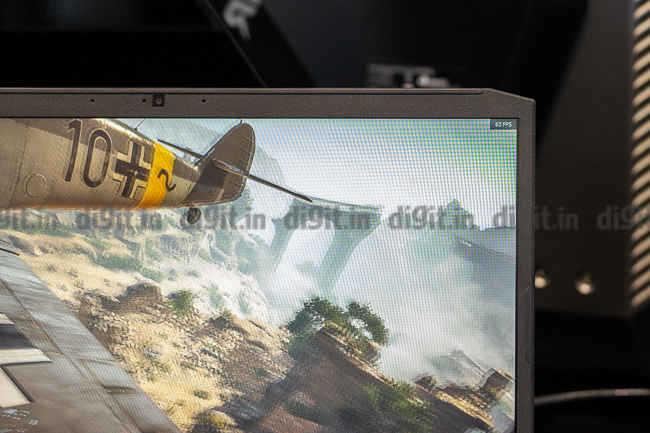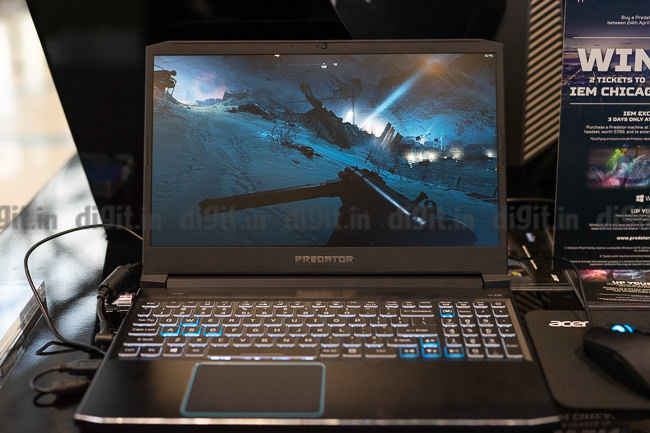If you are looking to pick up the Realme 3 Pro smartphone you may want to keep your trigger finger ready. The smartphone will go on sale via Flipkart and Realme.com today at 12PM. This is the third time the smartphone will go on sale. The first time the phone went on sale was April 29. The second time it went on sale was on Star Wars day - May 4.
All the three variants of the Realme 3 Pro - 4GB RAM + 64GB storage, 6GB RAM + 64GB storage and 6GB RAM + 128GB storage, will be up for grabs. Speaking of the price, the 4GB + 64GB variant of the Realme 3 Pro is priced at Rs 13,999, the 6GB + 64GB variant is priced at Rs 15,999. Lastly, the 6GB + 128GB variant of the smartphone is priced at Rs Rs 16,999. The smartphone will be available in two colour options - Carbon Grey and Nitro Blue colours.
Coming to the specifications, the Realme 3 Pro is powered by the Snapdragon 710 SoC. On the front, it features a 6.3-inch Full HD+ display protected by Gorilla Glass 5. The display also has a dewdrop notch. The phone runs ColorOS 6.0 on top of Android 9 Pie. A 4,045mAh battery with VOOC 3.0 fast-charging support powers the entire package. The device also features the Hyper Boost 2.0 software, which is claimed to enhance the phone’s speed and gaming experience.
For the optics, the Realme 3 Pro sports a dual-rear camera setup. We have a 16MP + 5MP sensor configuration on the back where the 16MP Sony IMX519 sensor is paired with an f/1.7 aperture lens, and the 5MP sensor has an f/2.4 aperture lens. For your selfie needs, the smartphone features a 25MP sensor paired with an f/2.0 aperture lens. The front camera also supports AI beautification modes and face unlock.
In our review of the Realme 3 Pro, we noted that the smartphone “certainly lives up to the “Pro” moniker. It’s significantly more powerful and faster than the regular Realme 3, but that’s not its competition. The Realme 3 Pro’s closest rival is the Redmi Note 7 Pro and the company CEO Madhav Seth left no stone unturned to compare the device to Xiaomi’s best-seller. To be fair, both phones are incredibly close in terms of both performance and camera. The UI is vastly different and while the Redmi Note 7 Pro offers ads on the home screen, the Realme 3 Pro has greatly improved UI aesthetics. Finally, the Realme 3 Pro is perhaps the best gaming phone under Rs 15,000, and as a result, is the perfect alternative to the Redmi Note 7 Pro, which is focused more on the camera”.
from Latest Technology News http://bit.ly/2WpVX1X


